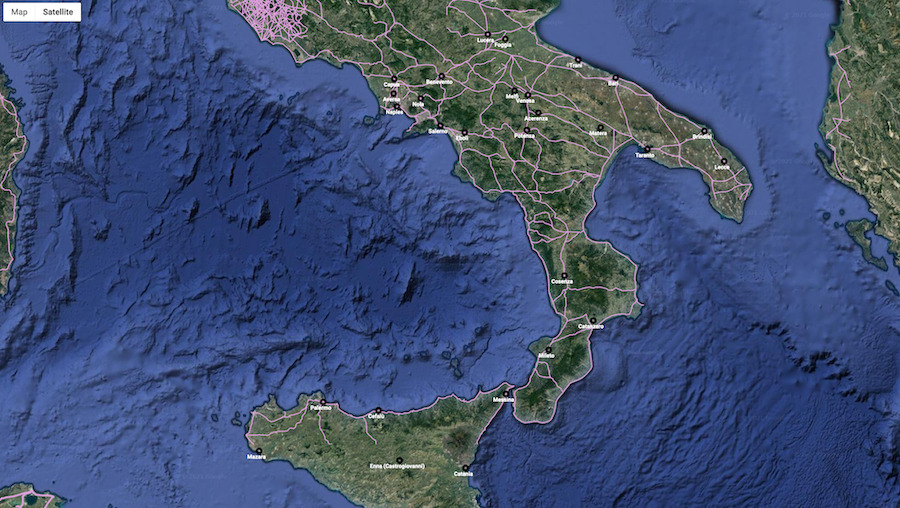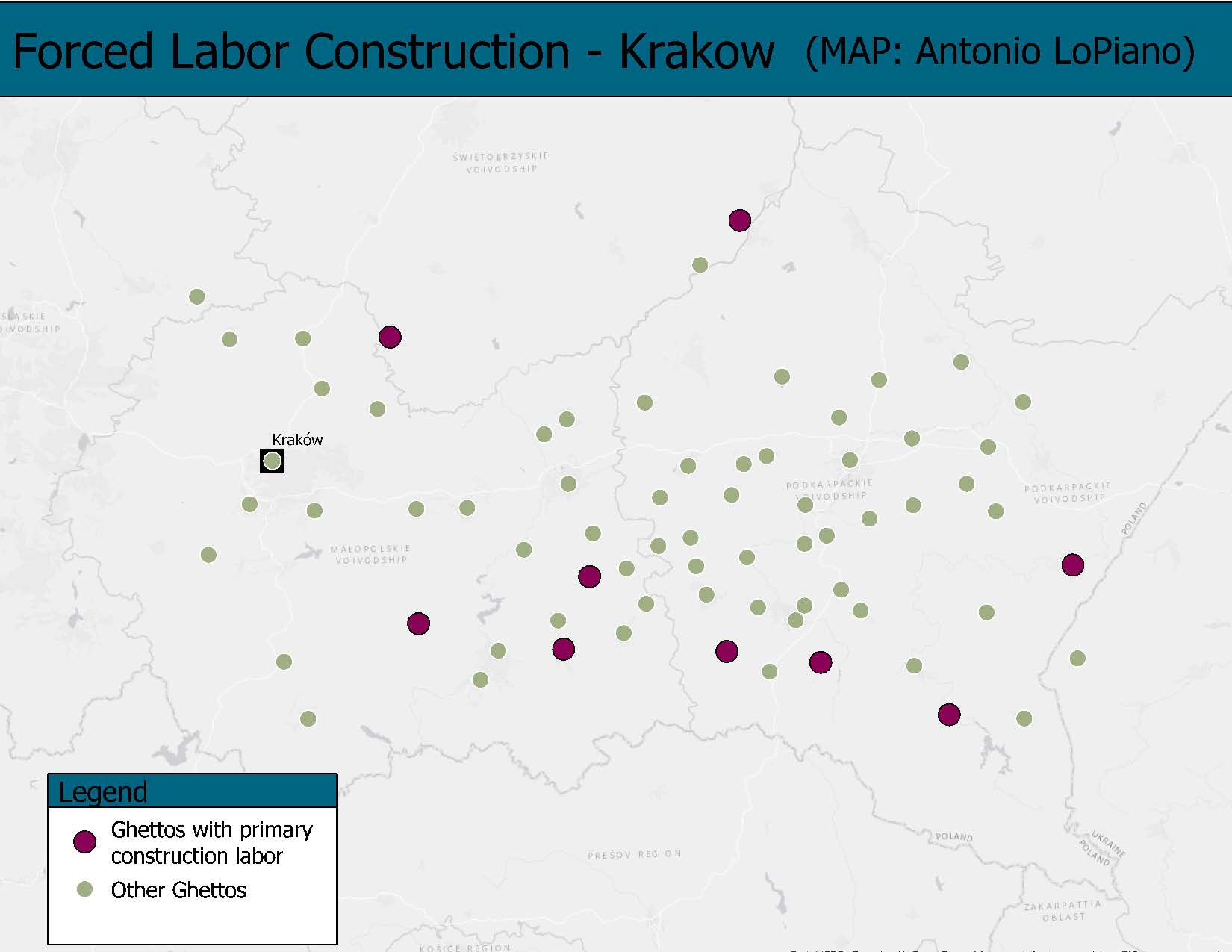Scale
- Paul B. Jaskot
One of the most important contributions digital methods bring to the Humanities is the ability to work with historical evidence at a variety of scales. The chance to visualize thousands of buildings rather than a few, to analyze hundreds of primary sources in only a few minutes, or to work from a database of numerous artworks or art historical biographies each allow for radically different research questions.

Part of the major research contributions of Wired! faculty and staff in these areas have included the production of database resources that have attracted the attention of scholars as well as led to invitations from key cultural institutions who are interested in our work and methods (Dictionary of Art Historians and The Medieval Kingdom of Sicily Image Database). The latter include, among others, the Getty Research Institute and the National Gallery of Art in Washington, D.C.
One of the most important contributions digital methods bring to the Humanities is the ability to work with historical evidence at a variety of scales. The chance to visualize thousands of buildings rather than a few, to analyze hundreds of primary sources in only a few minutes, or to work from a database of numerous artworks or art historical biographies each allow for radically different research questions.
In addition to building new intellectual corpora, our research efforts have led to a range of new questions that arise only when one looks at evidence at scale.
These include, for example, the transfer of architectural or cultural knowledge across vast geographic ranges (Mapping Stereotomy and Mapping German Construction), the comparison of large numbers of buildings or images to raise innovative issues of typology (Book of Fortresses and Senses of Venice), or the incorporation of significant quantities of images and primary documents to create a dynamic research environment through Augmented Reality apps (Digital Durham and Visualizing Venice’s Ghett/App) that open up and expand urban experience.
Each one of these examples highlights our commitment not merely to add another project to the art historical universe, but rather to reimagine how computational methods and cultural evidence can relate in altogether new and radical ways. We aim to rethink our discipline and its relevant methodologies in order to create a more critical and engaged scholarship. A focus on scale helps us strive for that goal.
Banner Image: Model of an ideal plan, not completed, for Nazi-occupied Krakow. Created by Davide Contiero for the Mapping German Construction project. Image Credit: Davide Contiero
